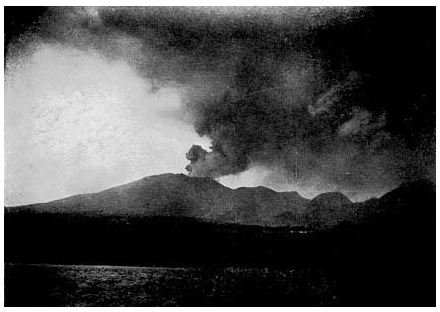A List of Major Disasters in the 20th Century
20th Century Disasters
The following are just some of the many major disasters in the 20th century. Although all are tragic, not all are the worst to have happened during the 1900s. Hundreds, thousands and even millions of lives have been lost over a short period of time by weather, disease and man.
Mount Pelee Eruption, 1902
On the morning of May 8, 1902 Mount Pelée erupted and wiped out the village of St. Pierre on the island of Martinique. It took less than 1 minute for the pyroclastic flow to reach the village and kill roughly 28,000 people. Only 2 people are known to survive. This is the highest number of deaths from a volcanic eruption in the 20th century.
San Francisco Earthquake, 1906
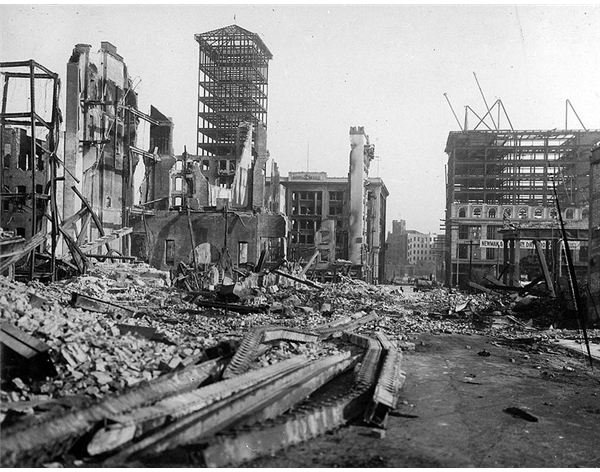
A powerful earthquake, measuring 7.7 on the Richter scale, shook San Francisco on April 18, 1906. The earthquake lasted only roughly 45 seconds but nearly 3,000 people lost their lives due to the tremor and the resulting fires that burned for 3 days. In some places, the ground was displaced 20 feet and the effects were felt from far away, from southern Oregon to south of Los Angeles and as far as central Nevada. Over 200,000 people were left homeless and the estimated damage cost was around $400,000.
The Titanic, 1912
On April 10, 1912 the luxury liner claimed to be “practically unsinkable” set sail for the first time from Southampton to New York. On April 14 shortly before midnight the Titanic hit an iceberg and 2 hours and 40 minutes later sank. Of the 2,223 people on board, only 706 survived and 1,517 lost their lives. If the ship had been filled to capacity, hundreds more would have died. Insufficient lifeboats played a major role in the majority of deaths.
The Influenza Pandemic, 1918-1919
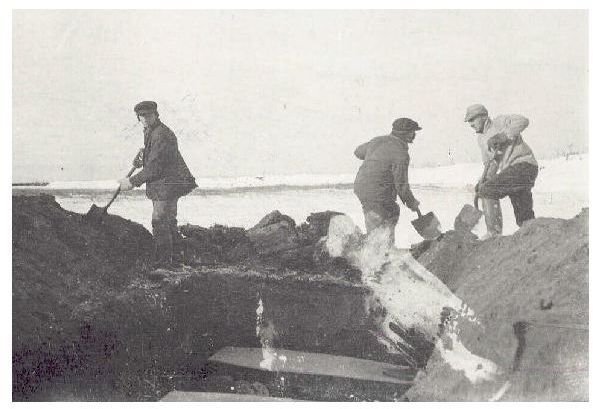
Unlike today, this flu known as the Spanish flu affected most people between the ages of 20 to 40 years old rather than the young and old. Healthy individuals would die within hours from complications such as pneumonia and blood poisoning (septicemia). An estimated 70 million people worldwide died, including 675,000 Americans. India had the highest death toll, about 16 million fatalities. In mid-1919, the pandemic ended without a treatment being found.
China Flooding, 1931

The Yellow River in China has a long history of flooding. It is about 3,000 miles long and millions of people live nearby in harm’s way. In 1931, after a long period of drought, vast rainstorms from July to November caused the river to flood roughly 42,000 square miles of land. About 140,000 people died from the floods; however, the death toll reached nearly 4 million from famine and diseases as a result of the flood. Seven years later in 1938, another flood claimed a million more lives.
The Great Famine of China, 1958-1961
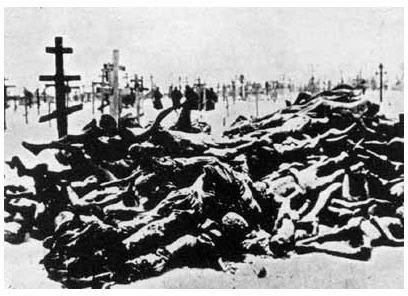
China was primarily an agricultural nation until the Chinese Communist Party made quick changes to industrialize its country. The goal was to surpass the United Kingdom and the United States in industrial production. As a result, China’s food supply plunged dramatically and an estimated 30 million people died.
Bangladesh Cyclone, 1970

Bangladesh is known to have the worst cyclones in the world. The cyclone that hit in November 1970 was a particularly violent one. The wind speeds reached over 124 mph and the water level rose close to 40 feet in some areas. An estimated 300,000 people died from the cyclone and a total of about 1 million died when counting those who suffered from the aftereffects of famine and disease.
Tornado Outbreak, 1974
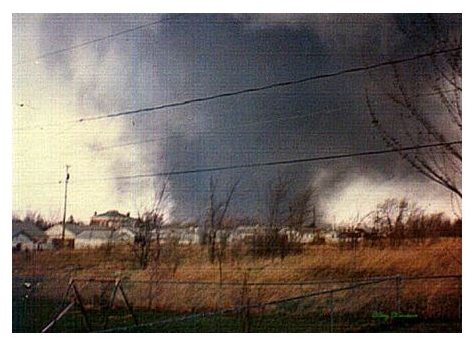
In a 16 hour period, 148 tornadoes touched down in 13 states, including Alabama, Georgia, Illinois, Indiana, Kentucky, Michigan, Mississippi, North Carolina, Ohio, South Carolina, Tennessee, Virginia and West Virginia. This event which took place on April 3rd-4th claimed 330 lives and injured 5,484 people, making it the worst tornado outbreak in the United States. Today, technology allows earlier warnings to help prevent such a high number of casualties.
Chernobyl, 1986
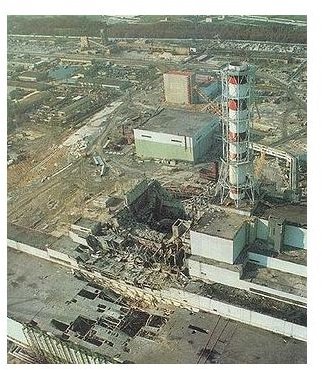
The Chernobyl nuclear power plant, located in the Ukraine, exploded and burned for 10 days, releasing radiation into the atmosphere compared to 200 Hiroshima and Nagasaki atomic bombs. At least 30 plant workers died immediately and roughly 2,500 have died to date as a result of radiation-related disease. This figure is expected to rise in years to come.
Hurricane Mitch, 1998
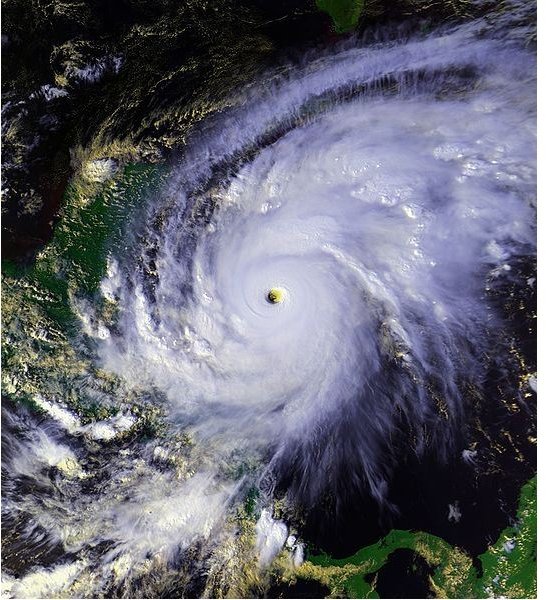
The last on this list of major disasters in the 20th century is Hurricane Mitch, the deadliest hurricane to hit the Western Hemisphere since “The Great Hurricane” in 1780. Near the end of October, this powerful category 5 storm devastated Central America, mostly Honduras and Nicaragua. Sustained winds were 178 mph with gusts well over 200 mph. It remained a category 5 for an amazing 33 hours. At least 11,000 people lost their lives with thousands of more missing. Estimated damage costs were over $5 billion.
References
- Chris McNab, The World’s Worst Historical Disasters (2005) Barnes & Noble, Inc.
- https://www.geology.sdsu.edu/how_volcanoes_work/Pelee.html
- https://earthquake.usgs.gov/regional/nca/1906/18april/index.php
- https://www.archives.gov/legislative/features/sf/
- https://www.titanicuniverse.com/
- https://www.firstworldwar.com/atoz/influenza.htm
- https://dsc.discovery.com/earth/slideshows/river-battles/index-06.html
- https://www.palgrave-journals.com/ces/journal/v50/n1/full/ces20084a.html
- https://www.bbc.co.uk/weather/features/storms_bangladesh.shtml
- https://www.publicaffairs.noaa.gov/storms/
- https://news.nationalgeographic.com/news/2004/04/0426_040426_chernobyl.html
- https://www.ncdc.noaa.gov/oa/reports/mitch/mitch.html
Photo Credit
- https://en.wikipedia.org/wiki/File:Pelee_1902_1.jpg
- https://en.wikipedia.org/wiki/File:Sfearthquake2.jpg
- https://en.wikipedia.org/wiki/File:RMS_Titanic_3.jpg
- https://en.wikipedia.org/wiki/File:Spanish_flu_victims_burial_North_River_Labrador_1918.JPG
- https://en.wikipedia.org/wiki/File:Bundesarchiv_Bild_102-12231,_China,_%C3%9Cberschwemmungsopfer.jpg
- https://manila.indymedia.org/en/2009/04/2396.html
- https://en.wikipedia.org/wiki/File:November_1970_Bhola_Cyclone_Repair.jpg
- https://en.wikipedia.org/wiki/File:Xenia74.jpg
- https://en.wikipedia.org/wiki/Chernobyl_disaster
- https://en.wikipedia.org/wiki/File:Hurricane_Mitch_1998_oct_26_2028Z.jpg
